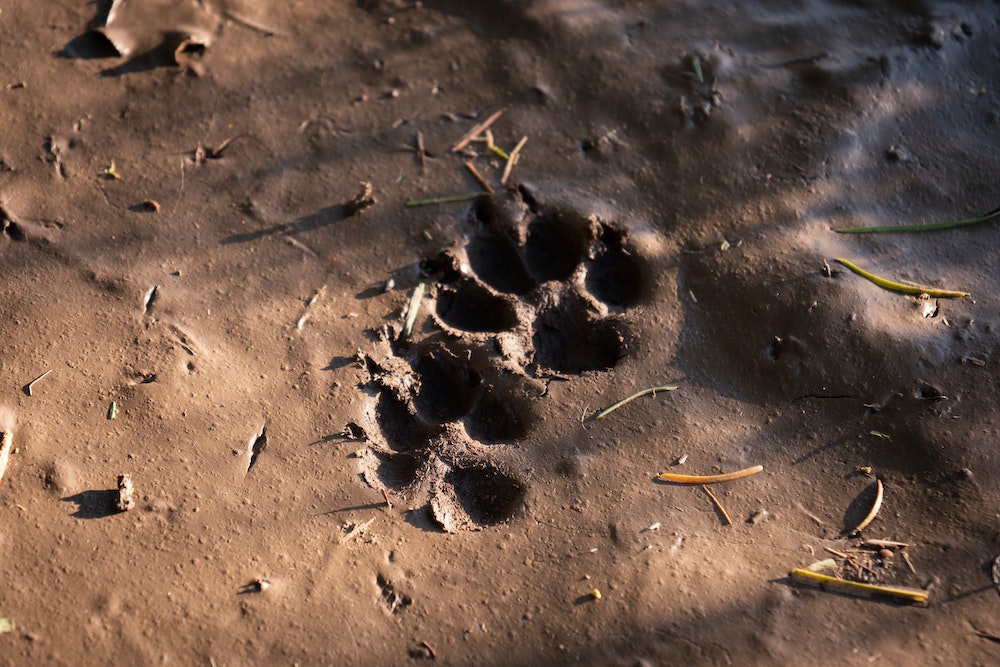
How can you experience a traditional British fox hunt?
The traditional British sport of fox hunting with hounds has long been a staple of rural life. As riders clad in red and black gallop across the countryside on majestic horses, you might feel a sense of exhilaration, curiosity, and adventure. This sport, with its distinctive rituals and unique culture, offers a glimpse into a bygone era of England's history. If you're intrigued by the prospect of experiencing a fox hunt, this detailed guide will give you an insight into the heart of this fascinating tradition.
The Origins of Fox Hunting
Fox hunting finds its roots in the rural life of England, dating back to the 16th century. It was not merely a sport for the riders, but a way to control the population of foxes that posed a threat to farming communities.
Cela peut vous intéresser : How do you find a luxury spa retreat in rural Scotland?
The hunting process involved a group of hunters, known as the field, guided by a huntsman aided by a team of hounds. A master of the hunt, an individual with a deep understanding of the sport and its traditions, directed the day's proceedings.
Engaging in the hunt was not merely about chasing foxes. It also served as a social event. The thrill of the chase, the camaraderie among hunters, and the spectacle of the field sweeping across the countryside in their red and black attire, all contribute to the allure of fox hunting.
A lire en complément : What are the best birdwatching tours available in the Norfolk Broads?
Understanding the role of hounds
When you think about the sport of fox hunting, you will undoubtedly consider the crucial role of the hounds. These dogs are trained to sniff out and chase the fox, led by the huntsman on horseback. The hounds are a distinctive blend of breeds, chosen for their keen sense of smell, stamina and determination.
In today's hunts, the hounds are often trained to follow a scent trail laid out by the huntsman, rather than an actual fox. This is due to the Hunting Act 2004, which outlawed the hunting of foxes with dogs. Nevertheless, the sight of a pack of eager hounds leading the field is a key part of the spectacle.
The spectacle of the riders
The riders, also known as the field, are an integral part of the experience. From their striking attire to their adept horsemanship, they embody the spirit and tradition of the sport.
The riders sport distinctive red coats, called hunting pinks, and black riding hats. They ride a variety of horse breeds, chosen for their endurance and agility in the field. The riders must be accomplished horsemen and women, as the sport involves galloping across uneven terrain, jumping over obstacles and maintaining control of their horse while navigating the chase.
Among the field, there are roles with special responsibilities. The huntsman, who leads the hounds and directs the chase, is a prominent figure. The master of the hunt is responsible for the overall conduct of the day, ensuring that the traditions are upheld and that the hunt is conducted in a responsible manner.
The thrill of the chase
The chase is the heart of the hunt, the culmination of all the preparation and ceremony. The hounds lead the way, following the scent trail, with the huntsman and the field pursuing on horseback.
The chase provides a test of skill for the riders, as they must navigate the countryside, keep pace with the hounds and maintain control of their horses. It's an exhilarating, adrenaline-charged experience that encapsulates the essence of the sport.
This spectacle is not exclusive only to riders. Spectators also gather to watch the chase, especially at the start and finish, contributing to the social aspect of the sport.
Participating in a hunt
Even if you're not an experienced rider, there are ways for you to engage in the tradition of fox hunting. You can follow the hunt as a spectator, join in the social events associated with the hunt, or even help out as a volunteer on the day.
Traditional hunts often begin with a meet, where the hunt members gather for breakfast and socializing before the day's events begin. As a spectator, you're welcome to attend these gatherings, which offer an opportunity to meet the participants, learn more about the sport, and immerse yourself in the atmosphere of the day.
You can also follow the hunt in a car or on foot, although you should always respect landowners' rights and follow any instructions given by the hunt organizers.
By exploring these opportunities, you can experience the tradition, thrill, and camaraderie of the traditional British fox hunt. Despite the modern changes and challenges, the spirit and spectacle of the sport continue to capture the imagination of many.
The Role of a Terrier Man and Cub Hunting
In the traditional British fox hunt, one role you may find intriguing is that of the terrier man. The terrier men are individuals who accompany the hunt with a small breed of dogs known as terriers. The terrier’s role in the hunt is different from that of the hunting hounds. While the hounds are responsible for chasing and cornering the fox, the terrier is utilized if the fox has gone to ground, meaning it has taken refuge in an underground burrow.
The terrier man’s role is to control the terriers and ensure they are safe. These individuals need to be highly knowledgeable about the behavior and safety of both the terrier and the fox. Given the contentious nature of fox hunting, terrier men are often seen as controversial figures due to the potential for the terrier to harm the fox or vice versa.
Moreover, the term cub hunting might arise in the context of traditional fox hunting. This term refers to the practice of training young hounds. It's typically held in the early morning during the late summer and early autumn, before the official hunting season begins. The aim is to educate the young hounds on how to follow a trail, and for the more experienced hounds to refresh their skills.
Nevertheless, it's worth noting that both the role of the terrier man and the practice of cub hunting have come under scrutiny following the Hunting Act. Today, many hunts use drag hunting or trail hunting, where the hounds follow a scent laid by a human, rather than pursuing a fox.
The Influence of Fox Hunting Worldwide
Fox hunting is a tradition steeped in British culture, but it has also had an impact elsewhere around the world, particularly in the United States and England Wales. The practices and aesthetics of the British fox hunt have been incorporated into similar sports in these countries.
In the United States, fox hunting was popularized in the 18th century, with George Washington himself known to have been an avid fox hunter. Many hunts in the United States still follow the British model closely, with hunters wearing red coats and black hats, and the hunt being led by a huntsman and a pack of American fox hounds.
Akin to the British hunts, the American hunts also have Masters of Foxhounds. The Masters of Foxhounds Association of America oversees all registered hunts, ensuring they adhere to the rules and traditions of the sport.
In England and Wales, despite the legal restrictions, the Boxing Day meets remain a popular event. Held annually on December 26, these meets attract large crowds of spectators. While live fox hunting is no longer legal, these gatherings often involve drag hunting or trail hunting.
Conclusion
Experiencing a traditional British fox hunt is an immersion into a bygone era, as well as an enduring culture that has shaped rural life for centuries. While the sport has faced changes and challenges due to modern laws, the essence of the hunt - the camaraderie, the connection with nature, and the thrill of the chase - continues to resonate.
Whether you're an experienced rider, a fervent spectator, or a passionate volunteer; whether in the rolling hills of England, the sprawling fields of the United States, or the quaint countryside of Wales, the spectacle of the hunt continues to be a captivating tradition. As the hunting hounds set off on the trail, the riders gallop behind, and the air fills with the sound of hunting horns, you can't help but feel the thrill and the heritage of the traditional British fox hunt.
